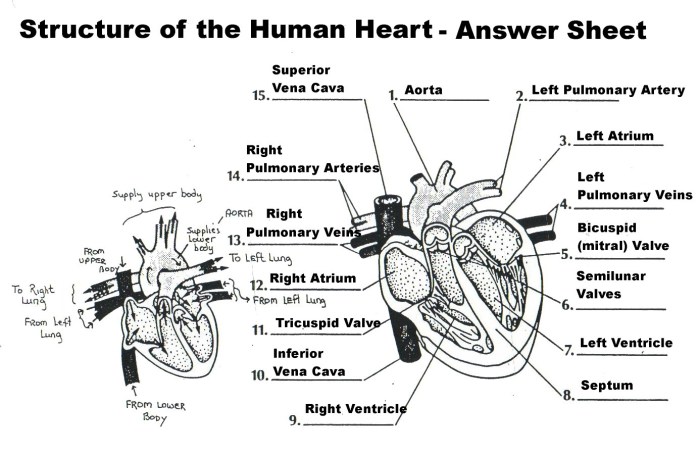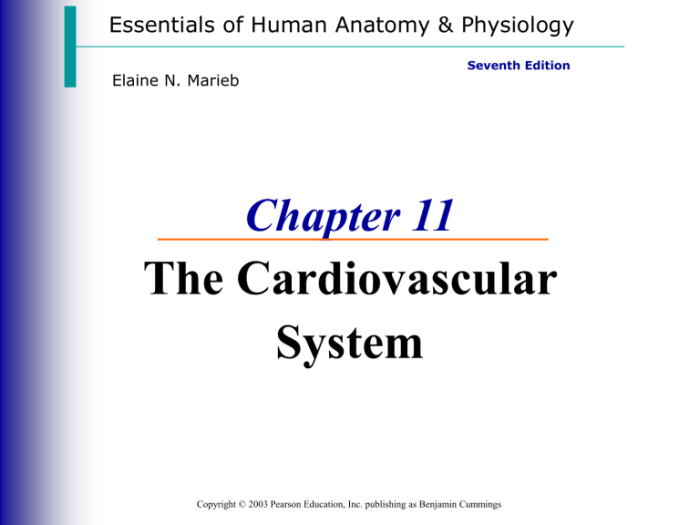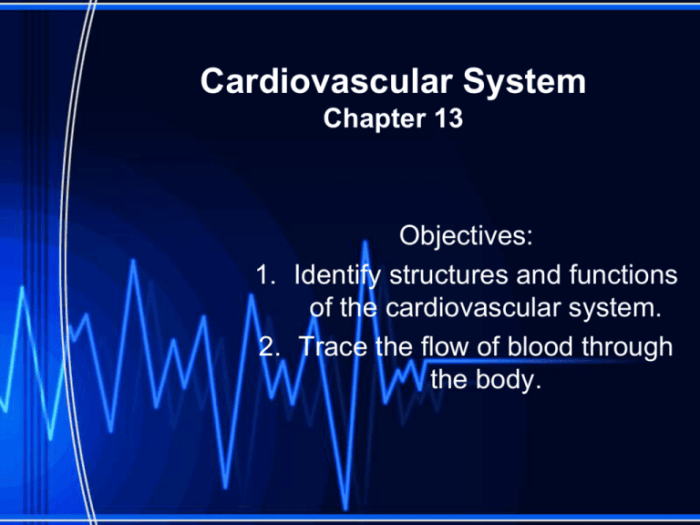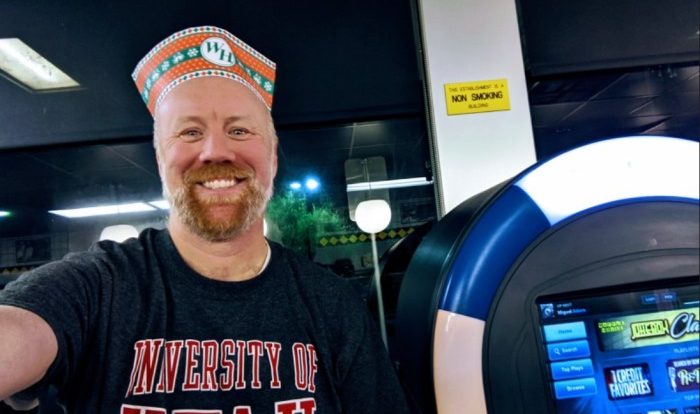The cardiovascular system chapter 11 packet delves into the intricate workings of the heart and circulatory system, providing a comprehensive understanding of their vital role in maintaining overall health and well-being. This chapter unveils the anatomy, physiology, and disorders associated with the cardiovascular system, equipping readers with a thorough knowledge of its significance and implications for human health.
Through an engaging narrative, the packet explores the structure and function of the heart, blood vessels, and blood, unraveling the mechanisms that govern blood flow and circulation. It delves into the regulation of heart rate and blood pressure, shedding light on the delicate balance that maintains cardiovascular homeostasis.
1. Introduction to the Cardiovascular System: The Cardiovascular System Chapter 11 Packet

The cardiovascular system is a complex network of organs and vessels that work together to pump blood throughout the body. It consists of the heart, blood vessels, and blood. The heart is a muscular organ that pumps blood through the blood vessels.
The blood vessels are a network of tubes that carry blood from the heart to the tissues and organs of the body and back to the heart. Blood is a fluid that contains red blood cells, white blood cells, platelets, and plasma.
The cardiovascular system is essential for life. It provides the body with oxygen and nutrients, and removes waste products. It also helps to regulate body temperature and pH. A healthy cardiovascular system is essential for overall health and well-being.
2. Structure and Function of the Heart

Anatomy of the Heart, The cardiovascular system chapter 11 packet
The heart is a four-chambered organ located in the chest cavity. The heart is divided into two sides: the right side and the left side. The right side of the heart pumps blood to the lungs, and the left side of the heart pumps blood to the rest of the body.
Each side of the heart is divided into two chambers: an atrium and a ventricle. The atria are the receiving chambers of the heart, and the ventricles are the pumping chambers of the heart.
The heart is also equipped with four valves that help to direct the flow of blood through the heart. The valves are the tricuspid valve, the pulmonary valve, the mitral valve, and the aortic valve.
Cardiac Cycle
The cardiac cycle is the sequence of events that occur during one heartbeat. The cardiac cycle begins with the filling of the atria with blood. The atria then contract, pushing the blood into the ventricles. The ventricles then contract, pushing the blood out of the heart and into the blood vessels.
The cardiac cycle is controlled by a group of specialized cells in the heart called the sinoatrial node (SA node). The SA node generates electrical impulses that travel through the heart, causing the heart to contract.
Regulation of Heart Rate and Blood Pressure
The heart rate and blood pressure are regulated by a number of factors, including the nervous system, the endocrine system, and the kidneys.
The nervous system can increase or decrease the heart rate by sending signals to the SA node. The endocrine system can also affect the heart rate by releasing hormones that either increase or decrease the heart rate.
The kidneys can regulate blood pressure by controlling the amount of fluid in the body. When the body has too much fluid, the kidneys will release more urine, which will decrease blood pressure. When the body has too little fluid, the kidneys will release less urine, which will increase blood pressure.
Commonly Asked Questions
What is the primary function of the cardiovascular system?
The primary function of the cardiovascular system is to transport oxygen, nutrients, and hormones throughout the body while removing waste products.
What are the main components of the cardiovascular system?
The main components of the cardiovascular system include the heart, blood vessels (arteries, veins, and capillaries), and blood.
What is the cardiac cycle, and what are its phases?
The cardiac cycle refers to the sequence of events that occur during one complete heartbeat and consists of systole (contraction) and diastole (relaxation) phases.

